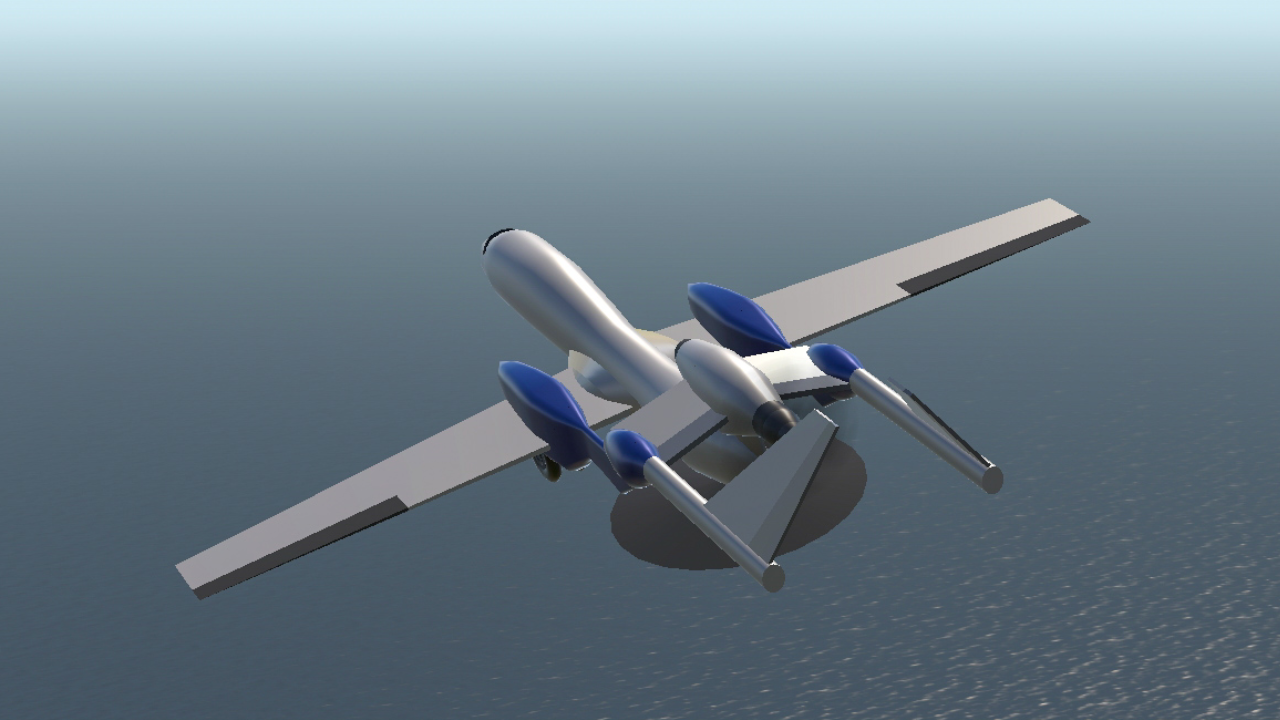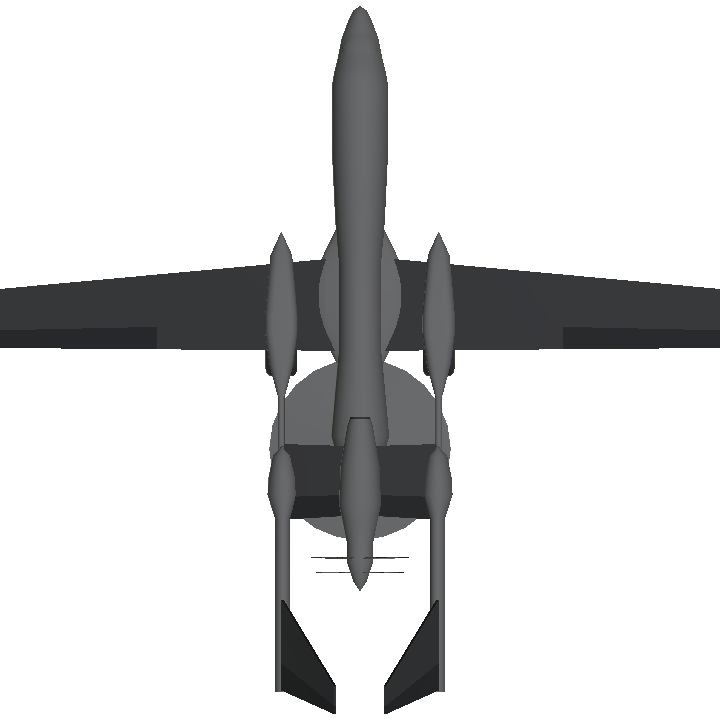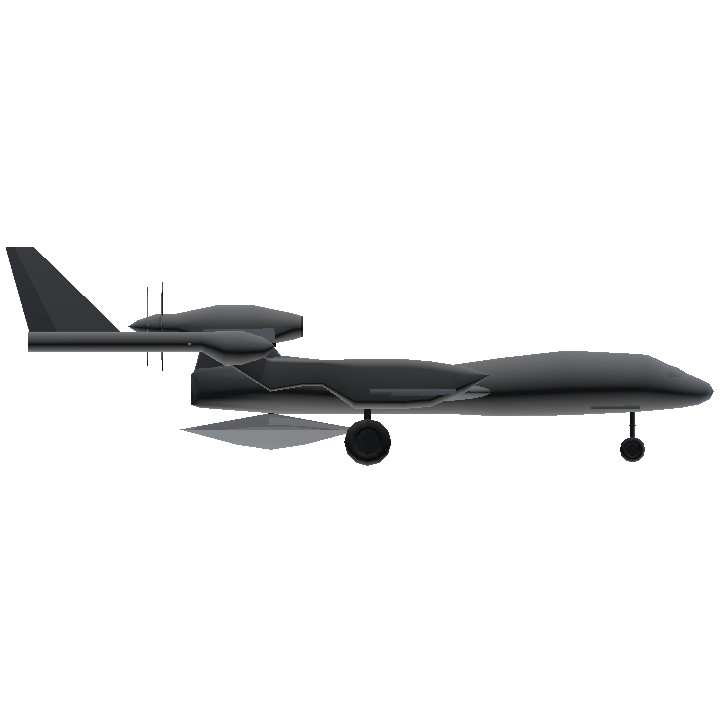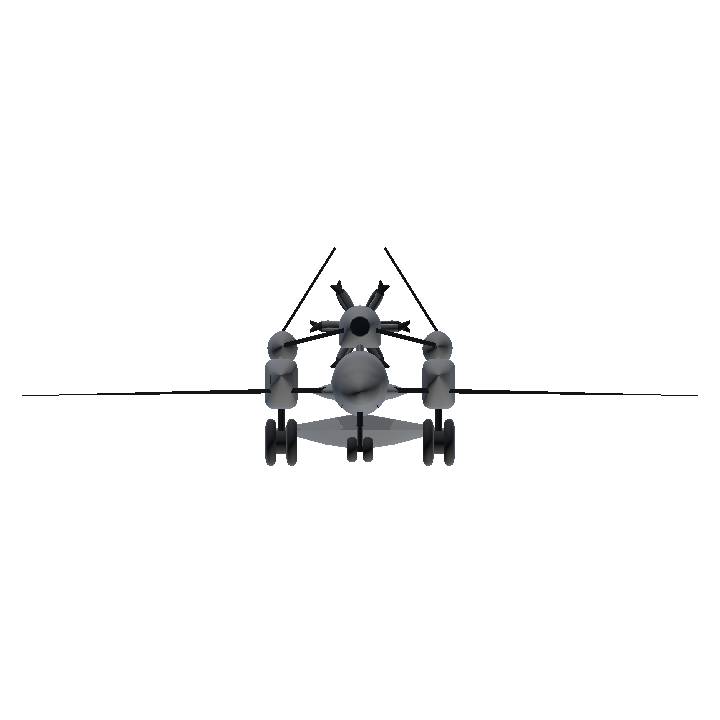The Birth of Yukikaze:
In the early 1980s, the Japanese government and the Fairy Air Force (FAF) recognized the need for a advanced airborne early warning system to detect and track enemy aircraft, particularly in the wake of the Soviet Union's deployment of AWACS aircraft along its borders. The FAF initiated a top-secret project to develop a cutting-edge AWACS aircraft that would be capable of detecting and engaging enemy aircraft at long range.
how it started
The project was code-named "Yukikaze," which means "Snowstorm" in Japanese, symbolizing the idea of a powerful and intense air defense system. A team of engineers and scientists from the FAF, led by the renowned aerodynamicist Dr. Katsuyuki Nakamura, worked closely with leading aerospace companies to design and develop the FEP-1 AWACS.
Design and Development:
The Yukikaze FEP-1 AWACS was designed to be a highly advanced, large-capacity aircraft with a distinctive flying wing design. It featured a 35-meter-long (114.8 ft) fuselage with a wingspan of 45 meters (147.6 ft). The aircraft was powered by two high-bypass turbofan engines, each producing 22,000 pounds of thrust.
The heart of the Yukikaze was its advanced radar system, which consisted of a rotating dome-shaped antenna housing a Phased Array Radar (PAR) system developed by Mitsubishi Electric. The PAR system was capable of detecting and tracking multiple targets simultaneously, with a range of over 300 kilometers (186.4 miles).
First Flight and Testing:
The first prototype of the Yukikaze FEP-1 AWACS took to the skies in 1985, piloted by FAF Captain Taro Yamada. The initial flight tests revealed some teething issues, but the team worked tirelessly to overcome these challenges. In 1987, the second prototype achieved its first flight, and subsequent testing revealed impressive performance and capabilities.
Operational Deployment:
In 1990, the Yukikaze FEP-1 AWACS entered operational service with the Fairy Air Force. Initially deployed to bases on Honshu Island, the aircraft quickly proved its worth in various exercises and operations. Its advanced radar capabilities allowed it to detect and engage enemy aircraft at long range, providing critical situational awareness for FAF fighter squadrons.
Upgrades and Modernization:
Over the years, the Yukikaze FEP-1 AWACS has undergone several upgrades to maintain its edge in aerial warfare. These upgrades included enhancements to its radar system, communications equipment, and avionics. In 2010, the FAF introduced an upgraded version of the Yukikaze, designated as FEP-2 AWACS, which featured improved radar capabilities and increased payload capacity.
Today, the Yukikaze FEP-1 AWACS remains a key component of the Fairy Air Force's air defense strategy, providing critical air surveillance and command-and-control capabilities to support FAF operations around the world.
Legacy:
The Yukikaze FEP-1 AWACS has become an iconic symbol of Japanese military prowess and technological innovation. Its legacy extends beyond its impressive capabilities as an air defense system to inspire generations of engineers, scientists, and pilots who have contributed to its development and operations
Specifications
General Characteristics
- Created On Android
- Wingspan 273.2ft (83.3m)
- Length 268.6ft (81.9m)
- Height 84.9ft (25.9m)
- Empty Weight N/A
- Loaded Weight 63,771lbs (28,926kg)
Performance
- Horse Power/Weight Ratio 0.445
- Wing Loading 8.4lbs/ft2 (41.2kg/m2)
- Wing Area 7,549.5ft2 (701.4m2)
- Drag Points 23770
Parts
- Number of Parts 85
- Control Surfaces 6
- Performance Cost 506





@VarisOnAviation noice :))
@SuperSuperTheSylph just like what I promise